BY MICHAEL KUGELMAN
 Turmoil is never far away in South Asia, between disputed borders, acute resource shortages, and threats ranging from extremist violence to earthquakes. But in 2019, two crises stood out: an intensifying war in Afghanistan and deep tensions between India and Pakistan. And as serious as both were in 2019, expect them to get even worse in the coming year.
Turmoil is never far away in South Asia, between disputed borders, acute resource shortages, and threats ranging from extremist violence to earthquakes. But in 2019, two crises stood out: an intensifying war in Afghanistan and deep tensions between India and Pakistan. And as serious as both were in 2019, expect them to get even worse in the coming year.
Afghanistan has already seen several grim milestones in the last 12 months that attested to the ferocity of the Taliban insurgency. Casualty figures for Afghan security forces and civilians set new records. It was also the deadliest year for U.S. forces since 2014.
Ironically, violence soared even as there was unprecedented momentum toward launching a peace process. U.S. President Donald Trump, eager to exit Afghanistan, stepped up efforts to secure a deal with the Taliban that would give him the political cover for a troop withdrawal. U.S. negotiators and senior Taliban representatives held multiple rounds of talks, and by September the two sides were finalizing a deal that centered on a withdrawal of U.S. troops coupled with a commitment by the Taliban to renounce ties to international terror groups.
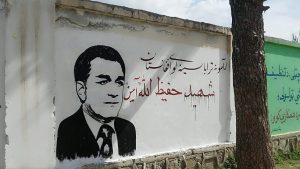

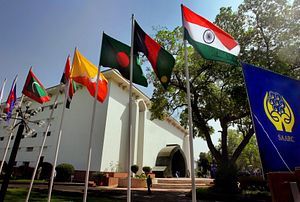
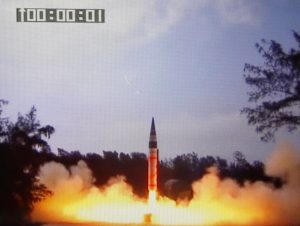
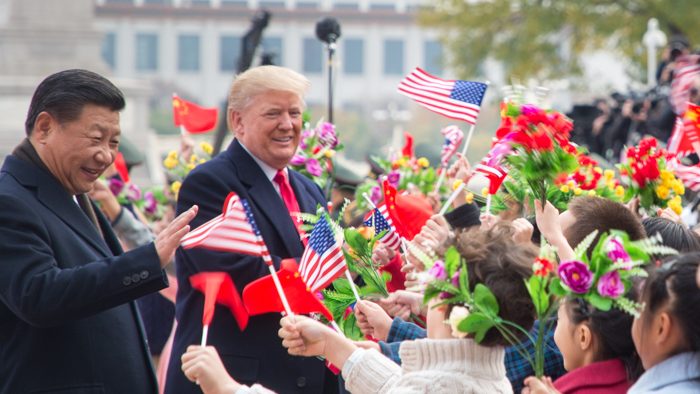

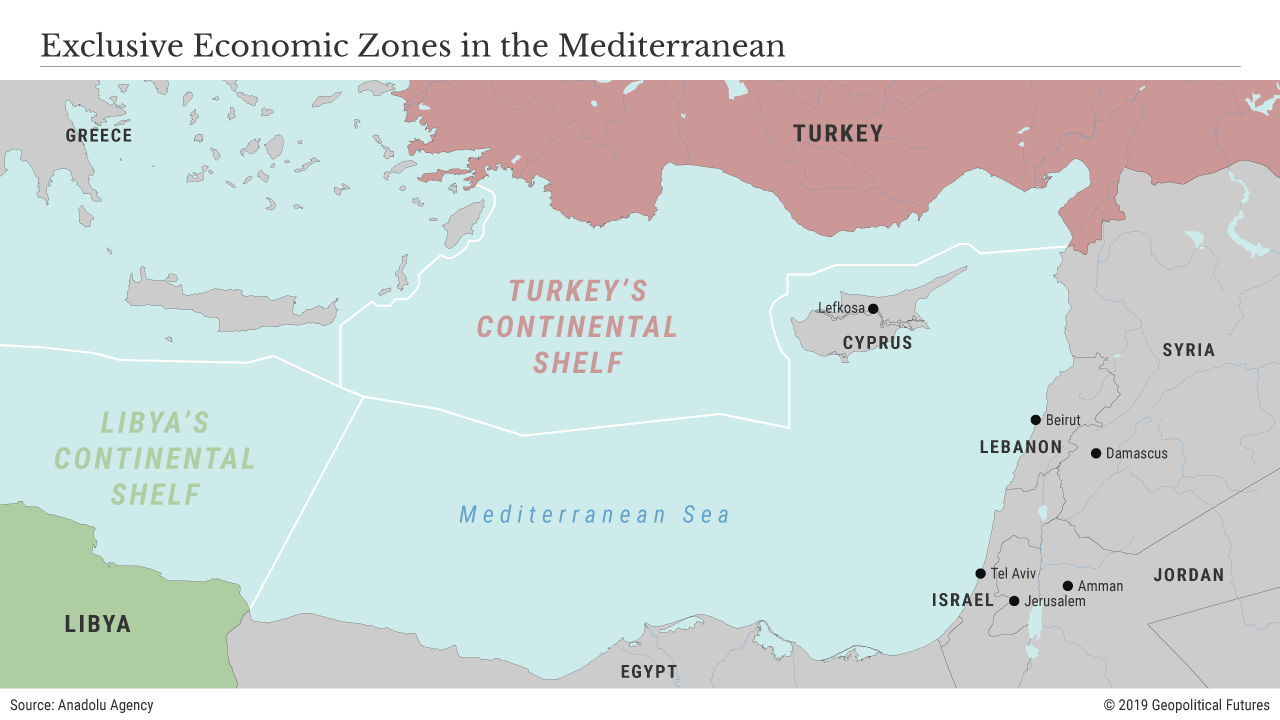


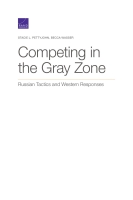
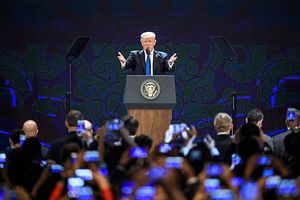


/arc-anglerfish-arc2-prod-mco.s3.amazonaws.com/public/ZYIVGEBIPNHEBNHZV6WLVVRJ5A.jpg)

/arc-anglerfish-arc2-prod-mco.s3.amazonaws.com/public/5REDMEECZRAFRNUX46YDREUK5A.JPG)

/arc-anglerfish-arc2-prod-mco.s3.amazonaws.com/public/P66AUVCSEFGG3H5ERBD5BNENTE.jpg)